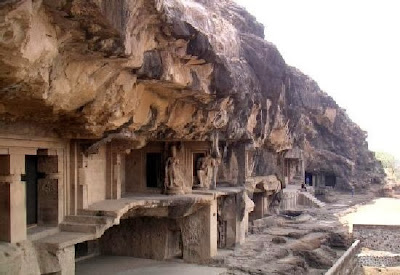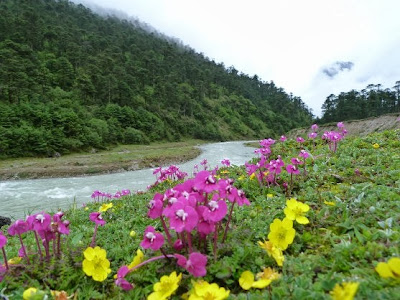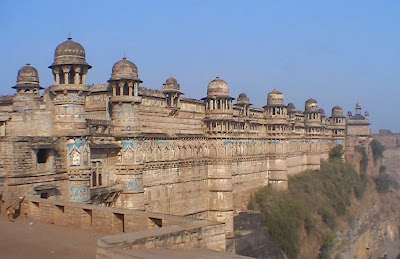Golden-brown rice fields, streams bringing down crystal-clear water from the mountains, cicada insects “singing”: these are the indicators of the breathtaking beauty and grandeur of the autumn in Kashmir.
As farmers in the countryside prepare to harvest paddy, trees laden with apples show signs that the fruit is waiting to be picked.
In the hilly areas, the maize crop and walnut trees are also maturing for the harvest.
“Kashmiris living in the villages and along wetlands, where willow plantations abound, are familiar with the sound produced by cicadas. Autumn and singing of the cicada insects have always been synonymous in the Valley,” says a local zoologist.
Besides apples, grapes, for which north Kashmir’s Lar area in Ganderbal district is famous, are also picked in the beginning of the autumn season.
For anglers, Kashmir’s mountain streams with trout are like a treasure trove during the autumn months.
Interestingly, trout was introduced in Kashmir by the British rulers early in the 19th century to address the nostalgia they felt for the fish.
In fact, one of the major attractions for foreign anglers has been the high quality brown trout found in Kashmir.
For anglers, trekkers, water sports lovers and also for those who come to just lounge and relax, autumn is the best season to visit the Valley.
A nip in the mornings and evenings and the gentle warmth of the autumn sun are so refreshing.
Towards the end of autumn in November, the chinar trees change their colour from green through crimson to yellow. It is a spellbinding spectacle that holds the viewer in awe.
While some believe that the chinars were brought to Kashmir from Iran, others say they came from Greece. One Persian visitor during yore is known to have exclaimed, “Che Nar” (What Fire!) after seeing the fiery leaves of the tree in autumn.
And, as the autumn advances, thousands of migratory birds from far off Siberia, China, the Philippines and eastern Europe start arriving to spend the winter months in the local water bodies that host the avian visitors.
Whichever way one looks at it, autumn is undoubtedly the king of the Valley’s seasons. If you haven’t been to Kashmir in autumn, you just don’t know what you are missing.















































